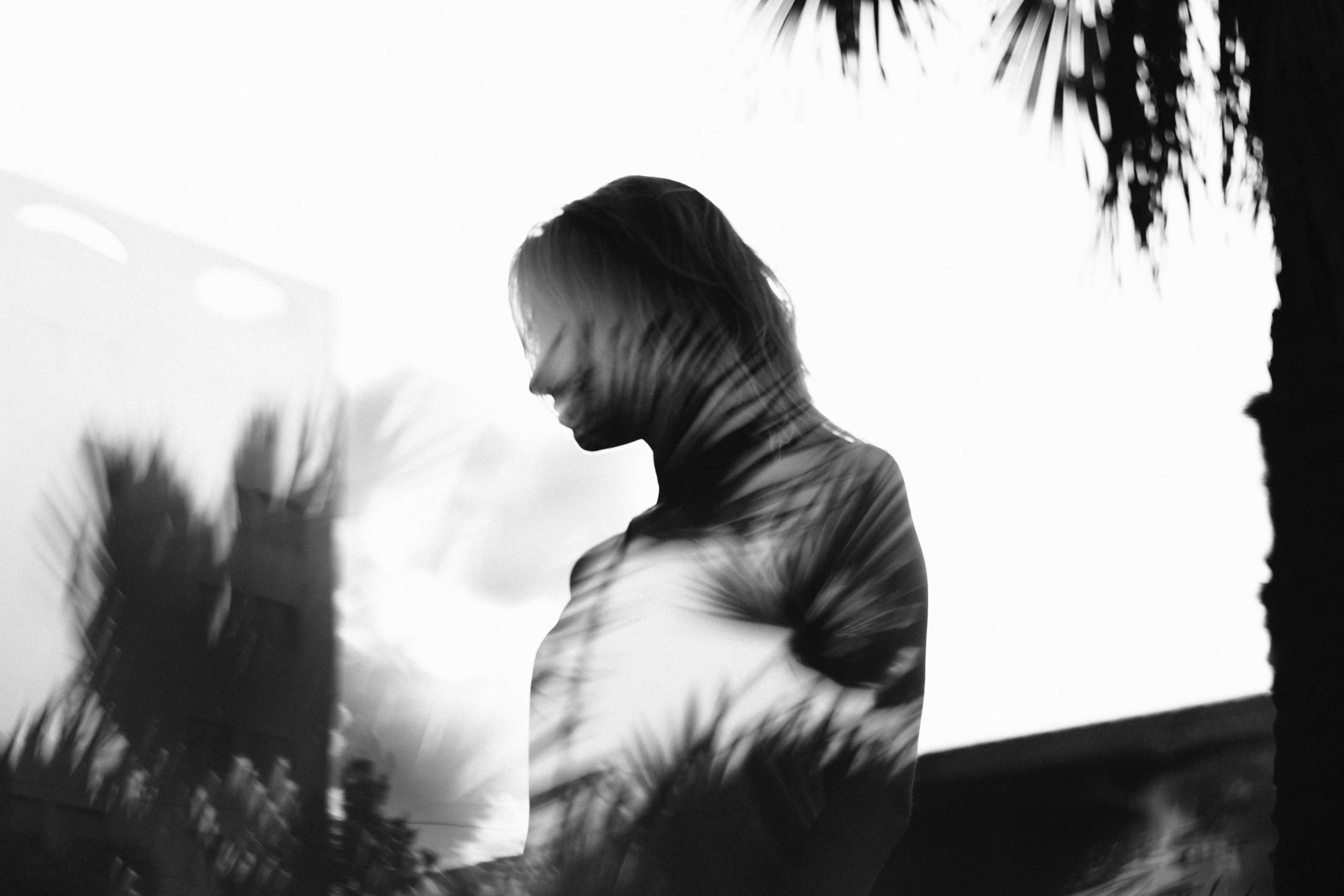This isn’t going to be a normal review for me, mostly because this isn’t a book about women struggling with porn. (You can find resources for that here)
But stay with me, because this book is good.
I was given free early access electronically by my friends at New Growth Press (who also publish one of my favorite women-who-struggle-with-porn resources, Sexual Sanity for Women). However, after reading just the introduction, I knew I wanted this book, so I went online and bought a copy for myself. My husband and I started reading it together as soon as we got it.
Why review a book on communication?
My resource page is filled with resources specifically for helping women overcome pornography. In fact, I’m working on one myself! But I’ve recently felt very challenged to share the “more” that comes with healing. That’s something that I shared with my friends at CBN as part of their Unhooked series.
When I confessed my struggle in college, a team of women surrounded me to help me on my journey of freedom. Only one of those women was focused on my porn problem. The rest were more concerned with rebuilding my identity. Who was I going to be without porn?
Because if porn is your crutch for years, if it is your escape, if it is the way you cope with everything from stress to emotion to sickness, you can’t just remove porn and expect to be functional.
I had to learn how to cope with emotion, how to deal with disappointment and stress, how to deal with anger, and so on. Freedom wasn’t just “stop watching porn.” So, I think perhaps it’s important that all of my resources aren’t “stop watching porn” resources, because there’s more to it than that.
Enter a book like this: a book on communication.
Before I review it, though, let me give you a little background on where my husband and I are coming from.
We are basically “professional” communicators.
You already see what I do for ministry, but what you may not know is that counseling is part of my husband’s job. He does crisis counseling and family counseling and marriage counseling. He actually leads marriage retreats and wants to one day get a second master’s in counseling.
So, in my pride, it would be easy for me to say that we don’t need a book on communication. In fact, while we were dating, I thought just that. We didn’t need help with communication. We were (and are) great at it.
But, when we took a test during our premarital counseling, guess what category we scored the lowest in?
Communication.
I thought the test was wrong. But I can tell you that in our nearly year and a half of marriage, if there’s one area that keeps proving a little difficult it is, in fact, communication.
We don’t argue or get into fights, but any tense moments or “spats” as my husband calls them, are usually because of communication. Sometimes it’s a “Men are waffles; women are spaghetti” moment (which is another great book), but there are other times where it’s just a complete misfire caused by patterns of communication we know from our families or sometimes just plain sin.
Obviously, we want to get better at this because we want the best marriage we can have. Communication is vital to that.
That’s why we jumped at the opportunity to read through this book together.
A look at With These Words, by Rob Flood
If there is one word I could use to describe this book, it would be practical.
We’ve read a few books on communication in our effort to grow in this area, and some of them are so impractical. One book we read was basically a giant pitch for an online test and course. That’s not helpful.
With These Words is not one of those books. Each chapter is rich with Biblical insight, real life examples, and application.
The book is written in a very friendly and relatable manner which I appreciate. It’s not academic, pitchy or even very long. There’s eleven chapters broken down into three sections, an intro and a sweet “communication vow” finisher. So, if you read one chunk each day, you could finish it in about two weeks.
Each section and chapter ends with a set of discussion questions that are soul-searching, well-written and sure to start a fight lead to healthy discussion.
Confession: these questions themselves have led to some very raw, real, and healing late night conversations for us.
The depth of these conversations is precisely why we haven’t yet finished the book. Reading it feels like going to marriage counseling, in a good way. It’s definitely not a book you just sit down and whip through in one night, or even one week. It’s a book you “chew on” for a bit.
It promises “five communication tools for marriage and life” and delivers, but not without laying the proper groundwork for those tools in the first section, “Truth for Communication.”
For me, this section was almost like having a home inspection before you remodel your kitchen. We knew we wanted an upgrade, but these chapters were like the contractors coming in and saying, “Well, before you put in a new floor, we need to look at the subflooring, and before you upgrade your sink, we need to look into these rusty pipes.”
Currently, we’re just through the intro to section 2. The section intro pages are about two pages long, but section 2’s intro questions led to an hours-long discussion for us. That’s an indicator of how good these questions are (and also how much work communication is, even for “professional” communicators). So, for the interest of writing this review, I had to skim ahead. (Sorry, honey!)
The tools laid out in section 2 are again, super practical and Biblical. There’s no personality test or program to sign up for, just simple yet profound things that you can do to improve communication. For instance, the third tool he presents is the “tool of physical touch.”
No, this is not “sex fixes things.”
Which is exactly why I want to highlight this one. For those of us with a background of sexual struggle, we might have a tendency to view “physical touch” as sex and only sex. When conflict arises in marriage, we can use sex as a weapon, a bartering chip, or as a giant eraser. Before we were married, this was something my husband and I both agreed not to do.
But that’s not the “physical touch” Flood is referring to. He’s literally just referring to touch. Without stealing his thunder, the idea is that affectionate touch (sitting close side by side, holding hands, etc) communicates unity. When that touch becomes difficult or is severed, it is a red flag that you are now in opposition to the person with whom you are communicating.
So, since I read ahead and knew about this one (again, sorry, Love), I actually started being intentional about it. Even when the questions at the end of the intro to section 2 started to make things a little tense, I made it a point to stay physically connected to my husband. The moment I physically disconnected, I could feel myself tensing up and getting more frustrated. Purposefully reaching back out and physically connecting helped remind me that I love this man and we’re in this together.
That’s the kind of practical I’m talking about.
The third section is the practical living out of the tools. If section 1 is about inspecting the kitchen, and section 2 is about getting a new stove, then section 3 is about cooking in that kitchen with the new stove. It wraps the book up nicely with an emphasis on grace and forgiveness (which you know I’m a fan of anything that emphasizes grace).
It ends with a communication vow that is powerful.
“…and with God’s help our communication will draw us more closely together for the good of our home and the glory of God.” (pg 144)
Amen.
A couple “downfalls” in With These Words
I have only a couple things that I wish were different for this book.
The first is that while it’s promoted as something for “marriage and life” it definitely is written only toward marriages. That’s unfortunate because the tools in it (with the exception perhaps of physical touch) are useful in any relationship. As much as I might want to share the truth and tools with others, I don’t feel I can hand this book to my single friend and tell her to read it to improve her communication with her coworkers. In fact, I don’t feel I can hand it to my newly-engaged friends to help them because the questions are so specific to marriage.
It would be great to do another version with questions toward engaged couples and another geared toward non-romantic relationships.
The second is when Flood mentions seeking further help, he leaves out professional counseling. He very wisely tells people in abusive relationships to get somewhere safe and to report to the necessary authorities and I can’t say enough how much I appreciate that. However, Flood emphasizes “pastoral care” to the point of excluding any kind of professional counseling help. Victims of abusive relationships may need counsel that goes beyond “pastoral care” and I have seen too many instances where “pastoral care” is not caring at all.
He himself is a pastor overseeing a church’s counseling ministry and does not appear to be a licensed counselor, so it’s not surprising that he emphasizes pastoral care. However, as someone who benefited from a professional counseling, I wish he had taken a couple extra words to include that in his list of suggestions.
Still, I think this is a phenomenal resource and one I’ll be recommending and/or gifting often. If you’re a married woman (or man), I highly recommend this.





